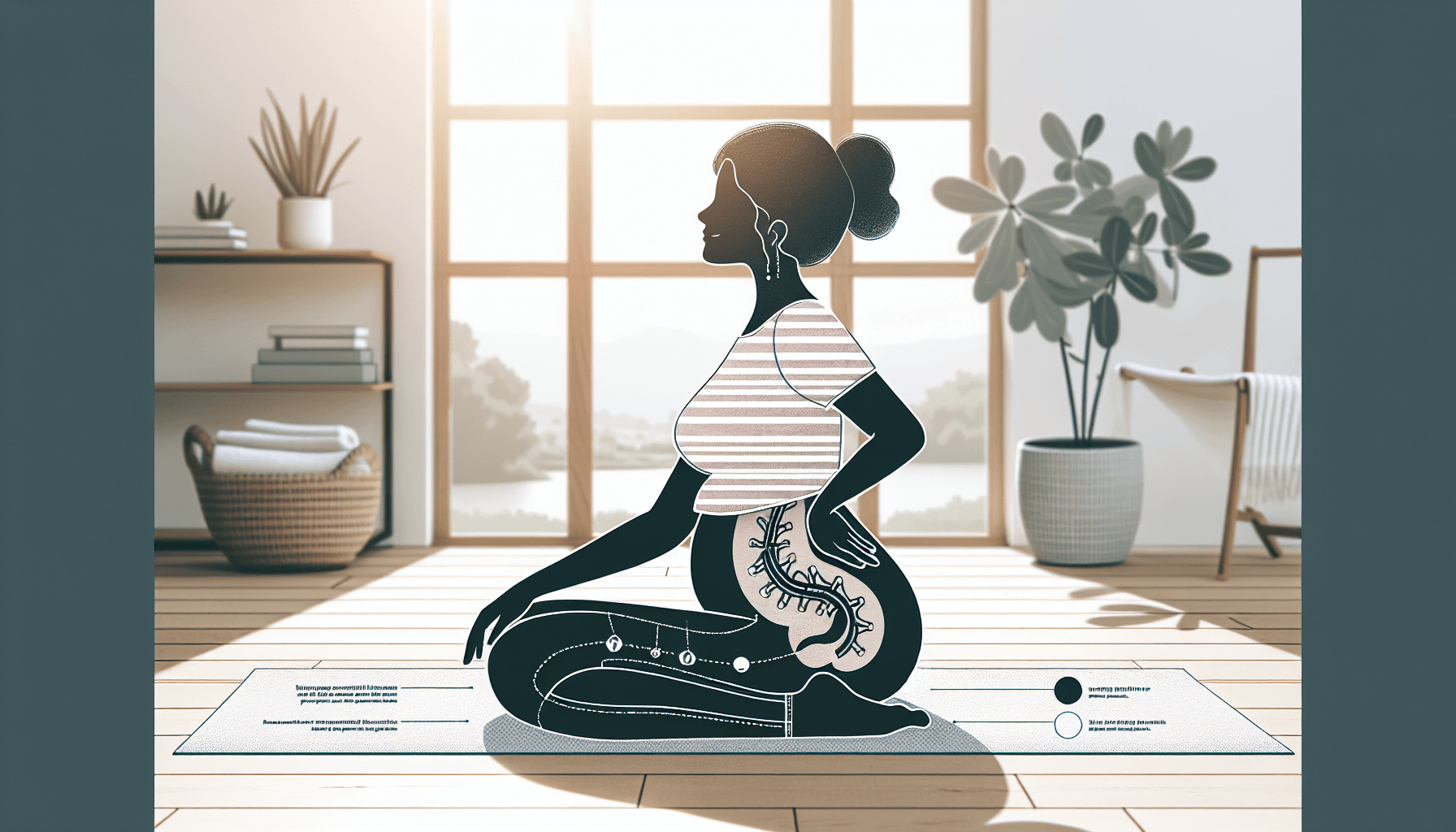Pregnancy is a beautiful and transformative time in a woman’s life. However, it can also come with its fair share of discomforts and challenges. One common issue that many pregnant women experience is pelvic girdle pain (PGP). PGP can occur during pregnancy due to hormonal changes, weight gain, and changes in the body’s center of gravity.
What is Pelvic Girdle Pain?
Pelvic girdle pain refers to pain that is felt in the lower back, hips, and pelvic area during pregnancy. It can range from mild discomfort to severe pain that affects daily activities and mobility. The pain is typically felt in the sacroiliac joints, which are located at the back of the pelvis, as well as the pubic symphysis, which is the joint at the front of the pelvis.
PGP can make it difficult to walk, sit, stand, and even sleep comfortably. It can significantly impact a woman’s quality of life during pregnancy if left unmanaged. However, there are several tips and techniques that can help manage and alleviate pregnancy-related pelvic girdle pain.
1. Maintain Good Posture
One of the most important steps in managing PGP is maintaining good posture. When standing or sitting, try to keep your back straight and shoulders relaxed. Avoid slouching or slumping, as this can exacerbate the pain. Using a pregnancy support belt can provide additional support and help improve posture.
2. Exercise Regularly
Staying active and exercising regularly can help strengthen the muscles that support the pelvis and alleviate PGP. Low-impact exercises such as swimming, prenatal yoga, and walking are generally safe for pregnant women and can provide relief. However, it’s essential to consult with your healthcare provider before starting any exercise routine during pregnancy.
3. Practice Safe Lifting Techniques
During pregnancy, it’s crucial to avoid heavy lifting or carrying heavy objects, as this can strain the pelvic joints and exacerbate PGP. If you need to lift something, bend your knees and use your leg muscles rather than your back. When picking up objects from the floor, squat down instead of bending at the waist.
4. Use Supportive Pillows
Supportive pillows can help provide extra comfort and support for your body during sleep. Place a pillow between your legs while sleeping on your side to help align your hips and alleviate pressure on the pelvic joints. You can also use a pregnancy body pillow or wedge-shaped pillow to support your abdomen and relieve strain on your lower back.
5. Wear Supportive Shoes
Wearing supportive and comfortable shoes is crucial during pregnancy, especially if you’re experiencing PGP. Opt for shoes with good arch support and cushioning to help maintain proper alignment and reduce strain on your feet, ankles, and pelvis. Avoid high heels or any shoes that may contribute to poor posture or instability.
6. Seek Chiropractic Care
Chiropractic care can be highly beneficial for managing and alleviating pregnancy-related pelvic girdle pain. A qualified pregnancy chiropractor can perform gentle adjustments to realign the pelvis, reduce joint restrictions, and relieve pain. Chiropractic care is a safe and non-invasive option for pregnant women and can help improve overall comfort and well-being. You can find a pregnancy chiropractor near you here.
7. Use Heat or Cold Therapy
Applying heat or cold therapy to the affected areas can help reduce inflammation and alleviate pain in the pelvic region. You can use a hot water bottle or a heating pad on low heat for heat therapy, or apply a cold compress or ice pack wrapped in a towel for cold therapy. Be sure to consult with your healthcare provider on which option is safe for you.
8. Practice Prenatal Massage
Prenatal massage can provide relief from pelvic girdle pain by helping to reduce muscle tension and improve blood circulation. However, it’s important to choose a qualified prenatal massage therapist who is trained in working with pregnant women. Always consult with your healthcare provider before scheduling a prenatal massage.
9. Use a Maternity Support Belt
A maternity support belt can provide additional support for your growing belly and help alleviate PGP. These belts are designed to distribute the weight of the baby more evenly, reducing strain on the pelvic joints. Choose a support belt that is adjustable and comfortable to wear throughout the day.
10. Rest and Relax
Lastly, make sure to give yourself plenty of time to rest and relax. Pregnancy is a demanding journey, and your body needs time to recharge. Take breaks when needed, elevate your feet to reduce swelling, and practice relaxation techniques such as deep breathing or prenatal yoga. Remember to listen to your body and prioritize self-care.
Managing pregnancy-related pelvic girdle pain is possible with the right techniques and support. By incorporating these tips into your daily routine and seeking appropriate care, you can minimize discomfort and enjoy a healthier, more comfortable pregnancy experience.

